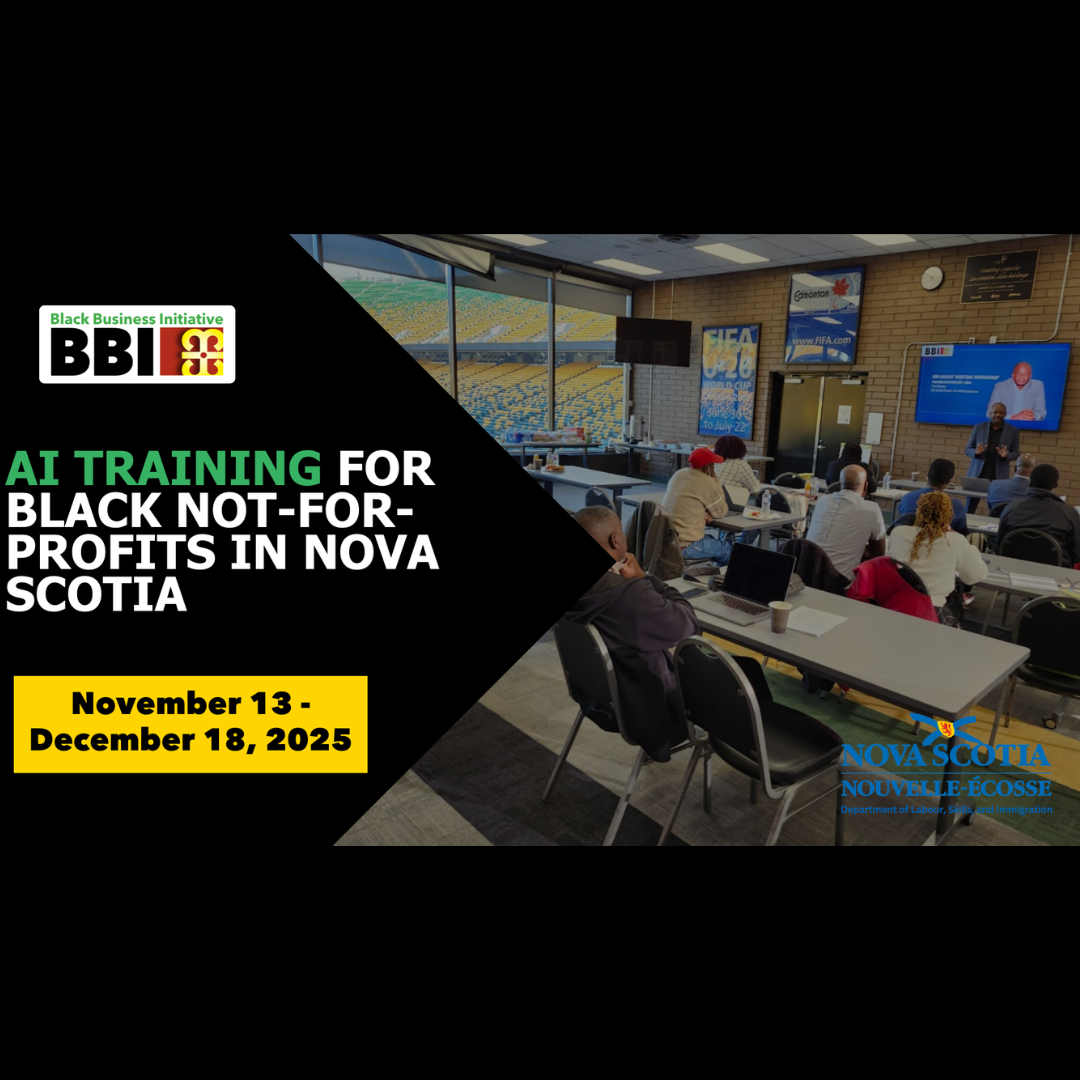The Upper Hammonds Plains Community Development Association (UHPCDA)

In 1966, when Nova Scotia closed one of the last segregated schools in Upper Hammonds Plains, the Upper Hammonds Plains Community Development Association (UHPCDA) was born. Community members took over theschool building, transforming it into a community hall. Incorporated in 1970, the UHPCDA has since managed the building and provided programming for residents. Over 50 years later, the organization remains a symbol of resilience and unity within the community.
Gina Jones-Wilson, President of UHPCDA, highlights the crucial support they’ve received from the Supporting Black Canadian CommunitiesInitiative(SBCCI). This funding has been instrumental in transforming the old fire hall into the Elizabeth Mantley Youth Recreation and Arts Center, a project now 85% complete. The center, housed in the building that once held Canada’s first Black volunteer fire department, is poised to provide vital recreational and artistic opportunities to youth and other residents. Without the SBCCI funding, Jones-Wilson believes the project would not have been possible, especially since the UHPCDA, as a non-profit without charitable status, struggles to secure large corporate donations.
The recreation center is especially important given the community’s lack of access to public transportation and nearby municipal recreation centers. The new center will allow UHPCDA to expand its programming and offer year-round activities for both youth and adults. Jones-Wilson explains, “The SBCCI was to help Black businesses and organizations across Canada increase their awareness and share knowledge, build capacity within organizations, and remove systemic barriers and inequities.”
Despite its mission of “strength in heritage, unity in community,” the UHPCDA faces significant challenges. The biggest hurdle is securing consistent funding. As the organization relies on grant funding, planning can be difficult since the approval of funding applications is never guaranteed. Another major challenge is recruiting and retaining volunteers. With the expansion of programs, the demands on volunteers have increased, leading to burnout. Jones-Wilson, who has volunteered in the community for over 45 years, often puts in around 100 hours a month—a commitment that is unsustainable in the long term.
To address these issues, the UHPCDA is recruiting an Executive Director to help manage the growing workload and create a more sustainable organizational structure. Additionally, Jones-Wilson advocates for structural changes at the government level. She believes African Nova Scotian communities should have access to dedicated funds in the federal budget rather than relying on unpredictable provincial and federal grant cycles.
Amid these challenges, UHPCDA has had significant successes. One standout program is the UHP Robotics initiative, which provides a fun and accessible way for children to learn science, technology, engineering, arts, and math (STEAM) skills. A parent shared, “The value UHP Robotics brings to the community is truly remarkable. It removed barriers to extracurricular activities by providing a free, inclusive environment for children to learn and apply new skills, mentor peers, and engage in fun, hands-on competitions.” The program also includes field trips and interactive events that allow children to apply what they’ve learned in real- world settings.
In addition to the Robotics program, UHPCDA has benefited from partnerships with organizations like Emmanuel Baptist Church, the Upper Hammonds Plains Wind farm Liaison Committee, and the Upper Hammonds Plains Community Land Trust. These partnerships have provided financial support, volunteers, and help with advertising programs. Looking ahead, UHPCDA is focusing on projects that promote community self-sufficiency, such as green energy initiatives. The organization is also planning for the future by involving younger generations in leadership roles. Jones-Wilson is currently mentoring youth and adults, preparing them to take on leadership and continue the community’s development. She hopes that UHPCDA’s work will ensure a brighter, more sustainable future for Upper Hammonds Plains.


.png)



.JPG)



